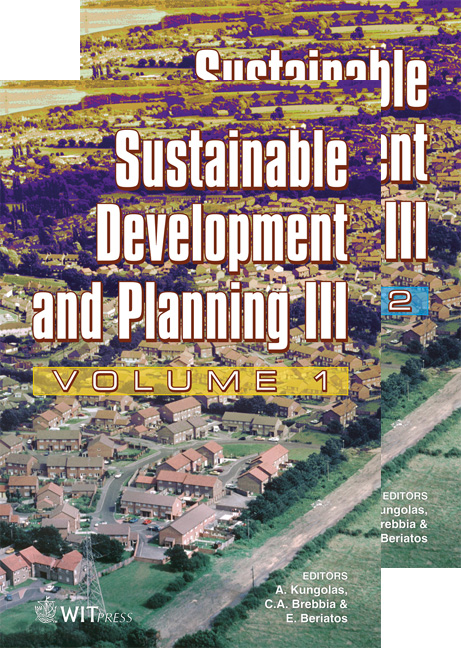Potential For Cultural And Eco-tourism In North East India: A Community-based Approach
Price
Free (open access)
Transaction
Volume
102
Pages
10
Published
2007
Size
266 kb
Paper DOI
10.2495/SDP070692
Copyright
WIT Press
Author(s)
P. Deb Burman, L. Cajee & D. D. Laloo
Abstract
The North Eastern Region of India comprising eight states, including Sikkim, is a relatively unexplored and unique area, in terms of both geography and cultural diversity as it provides one with a glimpse of not just a ‘mini India’, but also of S.E Asia, all within a space of 265,000 sq. km. The indigenous people belong to mainly the Mongoloid and Tibeto-Burman stock and have preserved their culture, language and way of life, even in the present century. The rich flora, fauna, diverse topography and ethnic groups have of late, started attracting domestic as well as foreign tourists into the region and recently, community-based tourism has gained importance. While community-based tourism has been used to describe a variety of activities that seek to positively link conservation with economic development, many of the issues involved in the development of a community-based tourist area are not clearly defined. There are many concerns about managing negative impacts on local environments, while at the same time sufficiently involving local communities in the planning process to receive just benefits from tourism activities. This paper seeks to examine the potentiality of cultural and eco-tourism in the states of N.E India and the steps that need to be taken in order to make the above activity/industry into a sustainable one. Keywords: sustainable eco-tourism, cultural tourism, biodiversity, North East India.
Keywords
sustainable eco-tourism, cultural tourism, biodiversity, North East India.





